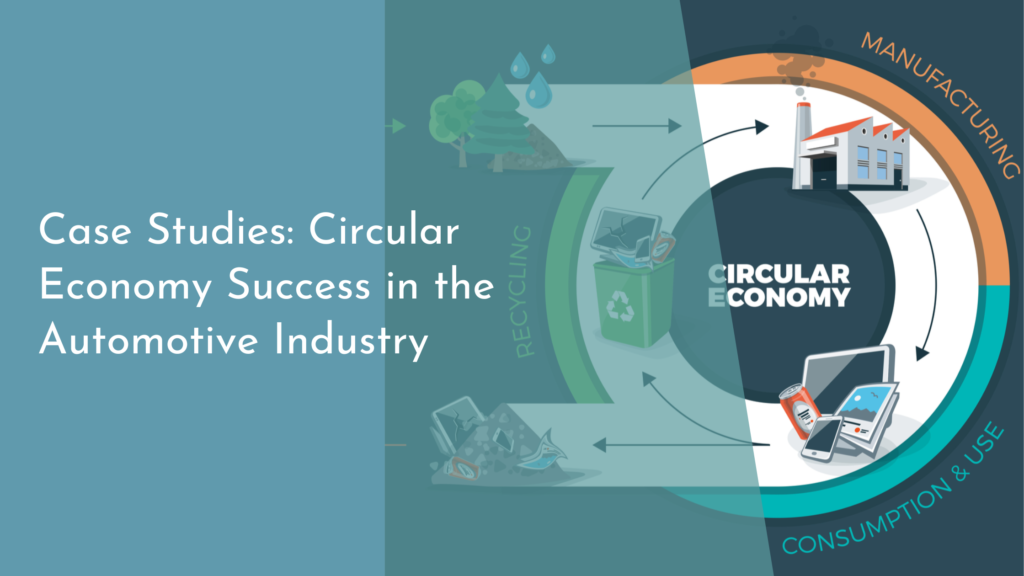Challenges Faced by Environmental Activists and How to Overcome Them
Environmental activism is a vital force in the fight against climate change and biodiversity loss. However, those who dedicate their lives to this cause often face significant challenges. From legal hurdles to community engagement and digital outreach, navigating the path of environmental advocacy requires resilience, creativity, and strategic planning. This article delves into the core challenges faced by environmental activists and offers practical solutions to overcome them, empowering individuals and groups to make a more significant impact.
Understanding the Key Challenges in Activism
Environmental activists often grapple with a complex web of challenges, including political opposition, limited funding, and public apathy. Political opposition can manifest as legislative roadblocks or opposition from influential industry stakeholders who may lobby against environmental regulations. Activists may also struggle with insufficient funding, which limits their ability to execute campaigns, conduct research, or gain media visibility. Additionally, public apathy can be a significant hurdle, as not everyone recognizes the urgency of environmental issues or feels personally connected to them.
Another challenge is the personal risk some activists face, particularly in regions where environmental advocacy is met with hostility or violence. Activists might encounter threats to their safety, legal prosecution, or social stigma, making it difficult for them to persist in their efforts. Moreover, navigating the complex landscape of environmental science and policy requires a deep understanding and the ability to communicate complex issues to a diverse audience. Despite these challenges, many activists remain undeterred, finding innovative ways to advance their cause.
Strategies for Navigating Legal Obstacles
One effective strategy for overcoming legal obstacles is to build a strong legal foundation by understanding the regulatory environment and seeking legal advice. Activists can benefit from collaborating with legal experts who specialize in environmental law. This partnership ensures that their actions remain within legal boundaries and helps them develop strategic approaches to challenge unjust laws or policies. Furthermore, staying informed about changes in legislation and actively participating in public consultations can preemptively address potential legal issues.
Forming alliances with established environmental organizations can also provide activists with the resources and support needed to tackle legal challenges. These organizations often have the necessary legal expertise, experience, and credibility to influence policy changes effectively. By working together, activists can amplify their voices, pool resources, and create a unified front to advocate for more robust environmental protections and reforms.
Building Strong Community Support Networks
Building strong community support networks is crucial for environmental activists seeking to create lasting change. Engaging with local communities helps activists understand their unique concerns and priorities, fostering trust and collaboration. Organizing community events, workshops, and educational programs can raise awareness and mobilize residents to participate in environmental initiatives. By empowering community members to take ownership of local environmental issues, activists can cultivate a grassroots movement that supports their objectives.
Networking with other activists, non-profit organizations, and stakeholders can enhance collaboration and resource sharing. Establishing coalitions allows for the exchange of ideas, strategies, and best practices, strengthening the overall impact of environmental campaigns. These networks can also provide emotional support, mentorship, and motivation, helping activists maintain their momentum in the face of challenges. By building these connections, activists can create a robust support system that sustains their efforts over the long term.
Utilizing Digital Platforms for Greater Impact
Digital platforms offer an unparalleled opportunity for environmental activists to reach a wider audience and mobilize support. Social media, websites, and online petitions can raise awareness, educate the public, and facilitate engagement on a global scale. These platforms allow activists to share compelling stories, data, and calls to action, reaching individuals who might otherwise remain unaware of environmental issues. By effectively utilizing digital tools, activists can amplify their message and build momentum for their campaigns.
Additionally, digital platforms enable activists to engage with diverse audiences and foster cross-cultural connections. By leveraging multimedia content, live streams, and interactive elements, activists can create dynamic and engaging experiences that resonate with people across different demographics. Crowdsourcing ideas and encouraging online discussions can also lead to innovative solutions and collaborative initiatives. Through strategic use of digital platforms, environmental activists can overcome geographical barriers and inspire collective action for environmental protection.
While the journey of environmental activism is fraught with challenges, these obstacles are not insurmountable. By understanding the key challenges, navigating legal frameworks, building strong community networks, and leveraging digital platforms, activists can enhance their impact and drive meaningful change. With persistence, innovation, and collaboration, environmental activists can overcome barriers and continue to be a powerful force for the protection of our planet. As more individuals and communities join the movement, the collective efforts of environmental activists can lead to a sustainable and vibrant future for all.


